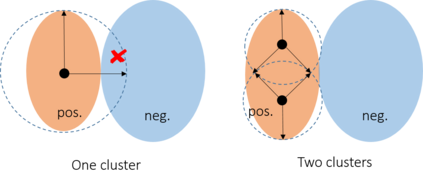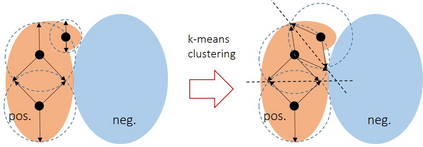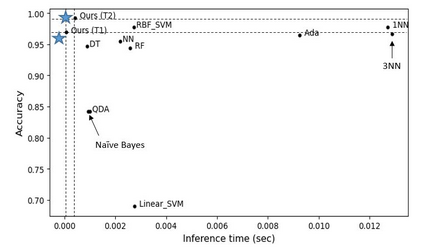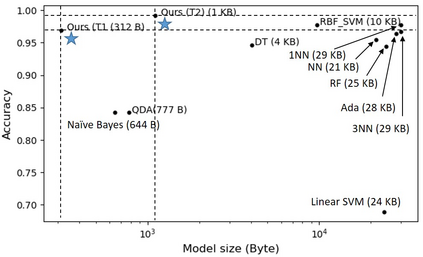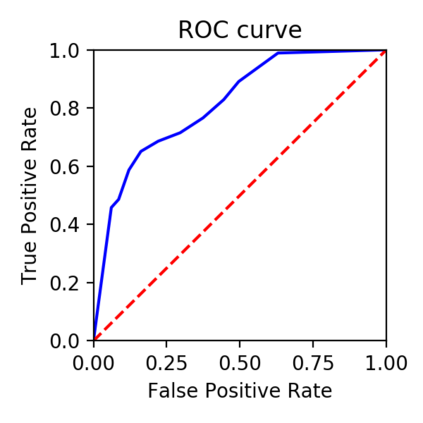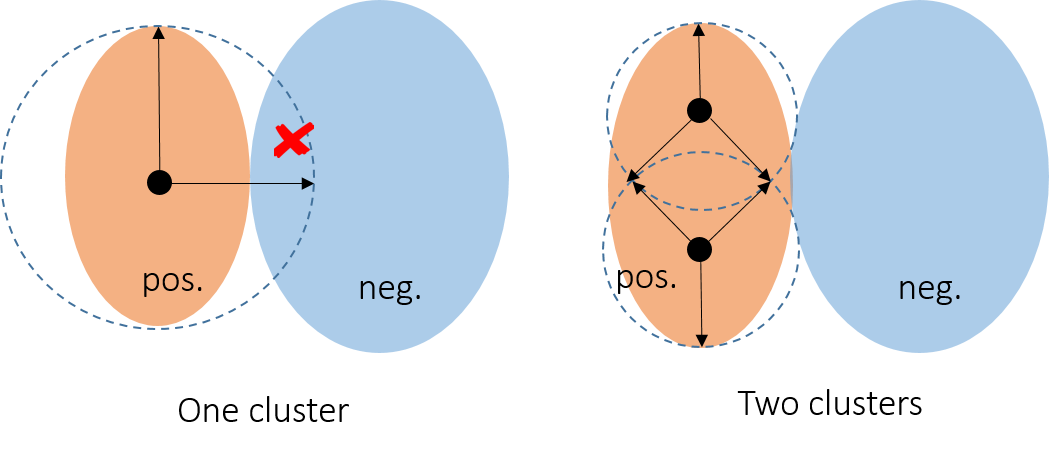Cough is a major symptom of respiratory-related diseases. There exists a tremendous amount of work in detecting coughs from audio but there has been no effort to identify coughs from solely inertial measurement unit (IMU). Coughing causes motion across the whole body and especially on the neck and head. Therefore, head motion data during coughing captured by a head-worn IMU sensor could be leveraged to detect coughs using a template matching algorithm. In time series template matching problems, K-Nearest Neighbors (KNN) combined with elastic distance measurement (esp. Dynamic Time Warping (DTW)) achieves outstanding performance. However, it is often regarded as prohibitively time-consuming. Nearest Centroid Classifier is thereafter proposed. But the accuracy is comprised of only one centroid obtained for each class. Centroid-based Classifier performs clustering and averaging for each cluster, but requires manually setting the number of clusters. We propose a novel self-tuning multi-centroid template-matching algorithm, which can automatically adjust the number of clusters to balance accuracy and inference time. Through experiments conducted on synthetic datasets and a real-world earbud-based cough dataset, we demonstrate the superiority of our proposed algorithm and present the result of cough detection with a single accelerometer sensor on the earbuds platform.
翻译:咳嗽是呼吸相关疾病的主要症状。在从听觉中检测咳嗽方面做了大量的工作,但是没有努力从纯粹的惯性测量单位(IMU)中找出咳嗽。咳嗽导致整个身体、尤其是颈部和头部出现运动。因此,在头部和颈部和头部出现咳嗽时,可以通过一个模版匹配算法,将头部运动数据从头部和颈部和头部进行咳嗽过程中采集出来,以便用一个模板匹配算法来检测咳嗽。在时间序列模板匹配问题时,K-Nearest Nearbearbors(KNNNNN)与弹性距离测量(esp. 动态时间扭曲(DTW))相结合,取得了杰出的性能。然而,人们往往认为,这非常耗时过。随后提出了近的中枢分类方法。但准确性只包括每类只获得一个百分点的机器人。基于中央分类的对每个集体进行分组的集束和平均,但需要手工设定组数。我们提议了一个新的自我调整的多分点模板配制算算算算法,它可以自动调整组数量以平衡和推算。通过在合成数据设置上测试我们目前的一个超级和感官压式的仪上显示一个超级和感官的仪的仪。

